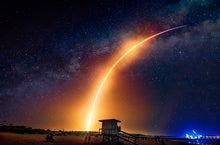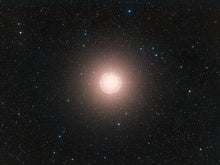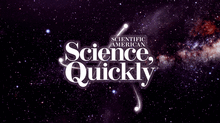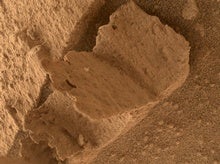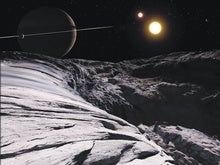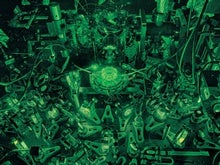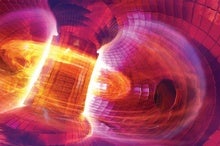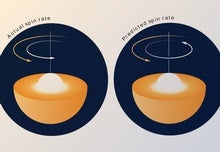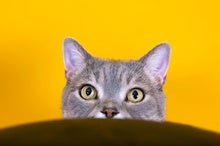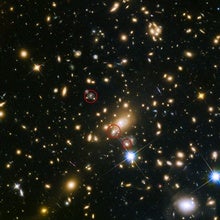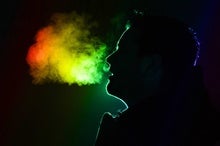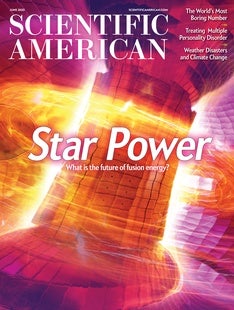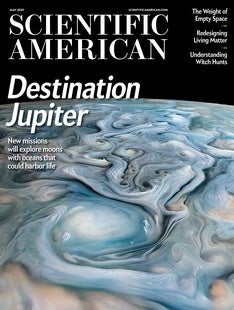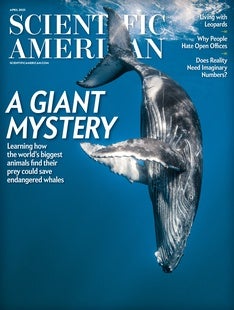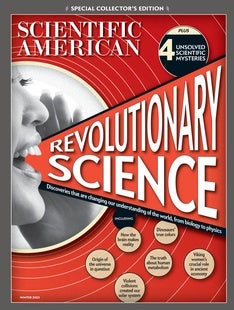 |
| May 18, 2023 |
This week, our top story is about great things to come from NASA’s James Webb Space Telescope (JWST), which is poised to begin its second year of science operations (also known as “Cycle 2”). Only days ago, researchers from around the world reacted with agony or ecstasy to the disclosure of whether or not their proposals to use fractions of JWST’s precious observing time had been approved. But beyond sparking personal drama, the freshly-released plans also offer a potent preview of Cycle 2’s scientific winners and losers—and thus a hint of where and when JWST’s next rounds of transformative discovery will emerge. Elsewhere this week, we have stories about weird rocks on Mars, record-breaking cosmic explosions and quantum cats, the debatable astronomical benefits of SpaceX’s Starship, and much more. Enjoy! |
| | Lee Billings, Senior Editor, Space & Physics | |
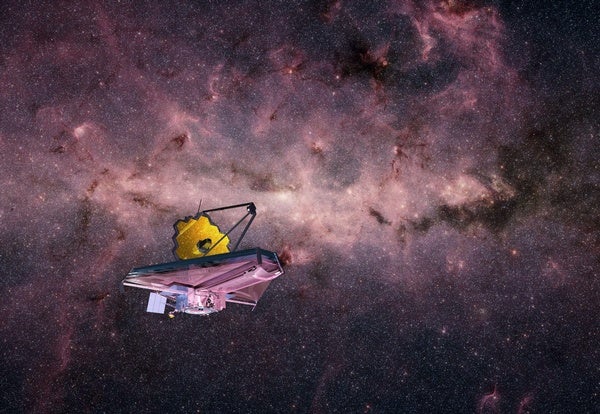 |
| |
| |
| |
| Astrophysics Is Time Travel Even Possible? Two SciAm editors duke it out to see if wormholes and multiverses could in fact exist. |  | By Lee Billings,Clara Moskowitz,Alexa Lim,Tulika Bose | 07:26 | | | |
| |
| |
| |
| |
| Astronomy Scientists Solve Star Spin Mystery Magnetic fields help to explain why some stars are spinning more slowly than astronomers thought they should | | By Clara Moskowitz,Lucy Reading-Ikkanda | | | |
| |
| |
| |
| |
| Public Health Astronomy Tool Can Now Detect COVID in Breath Laser-based optical frequency combs, originally developed to time atomic clocks, can also perform fast, noninvasive tests for COVID—and potentially other diseases as well | | | | |
| |
FROM THE ARCHIVE
 | | Is Time Travel Possible? The laws of physics allow time travel. So why haven’t people become chronological hoppers? By Sarah Scoles | April 2023 | | |
LATEST ISSUES
 |
| |
| Questions? Comments?  | |
| Download the Scientific American App |
| |
| |



